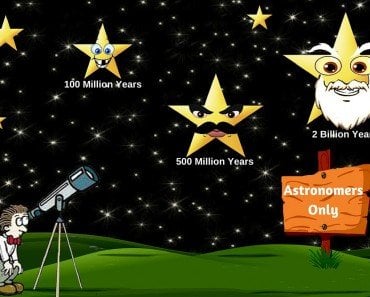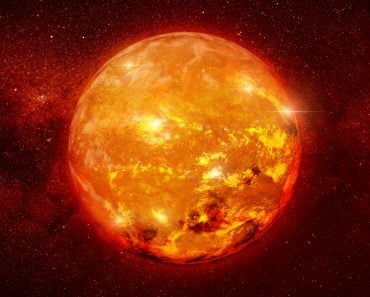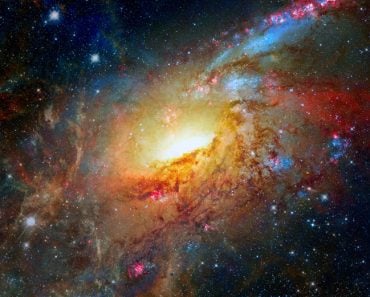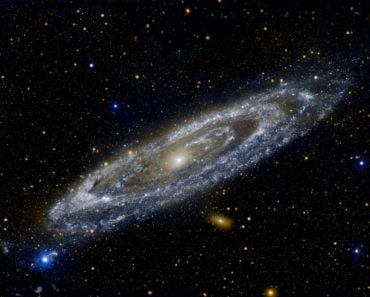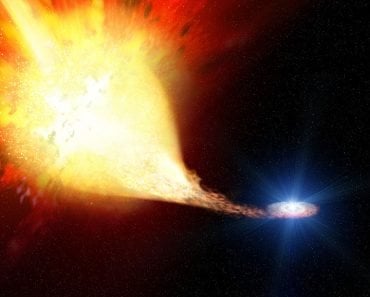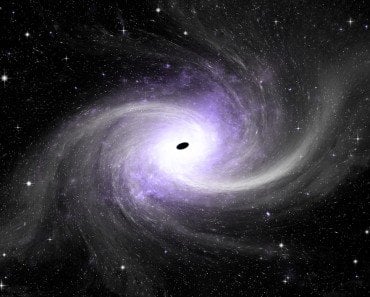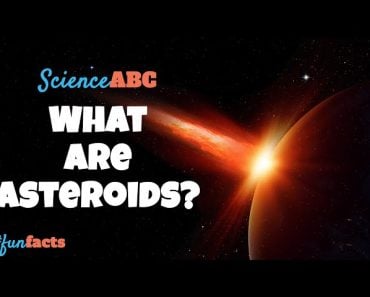Table of Contents (click to expand)
During the evolution of a star, it becomes a white dwarf with a dense mass packed into a small volume. These celestial bodies represent the inevitable demise of a star.
Stars are some of the most fascinating objects in our universe. Packed with enormous energy, they come in varying sizes, masses and forms. They are a key component in the development of life on a habitable planet, without which the necessary building blocks could not exist.
Star-forming nebulae produce high- and low-mass stars, after which the star’s life develops through various evolutionary stages. Every star faces an inevitable collapse as it runs out of fuel to burn. Although this isn’t sudden, they show clear signs and change in incredible ways that signal the “end of their run”.
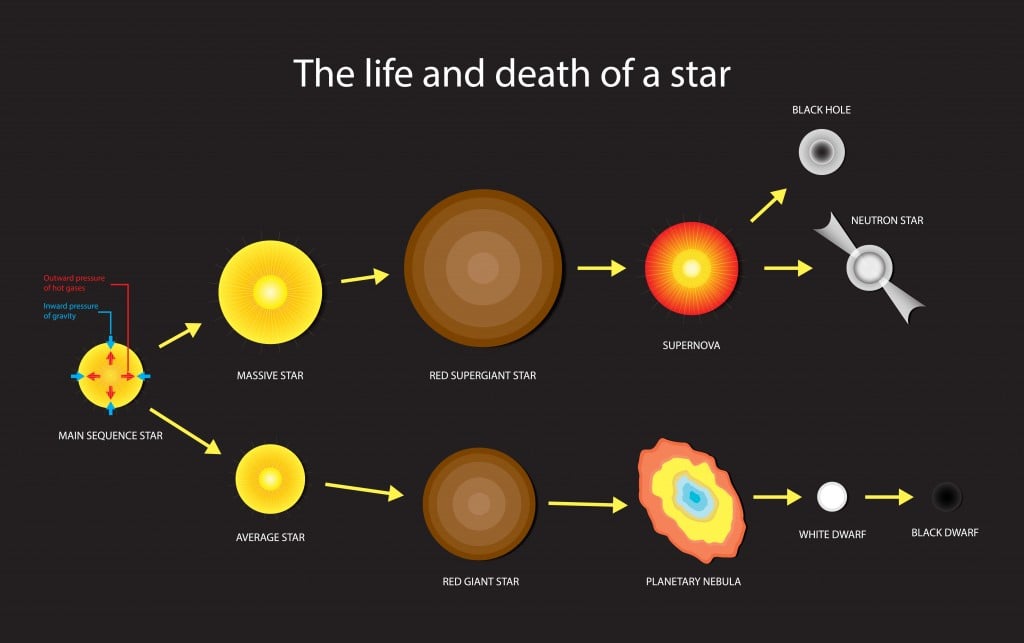
When mid-sized stars, like our Sun, run out of burning fuel, their remnants take a form based on their mass. One of the forms it could take is of a White Dwarf, where the star becomes very dense, as a massive star (like the Sun) gets compressed into a smaller volume (perhaps the size of Earth). White dwarfs have low luminosity, which comes from the stored thermal energy that gets emitted. The closest white dwarf to the Sun is Sirius B, located 8.6 light-years away.
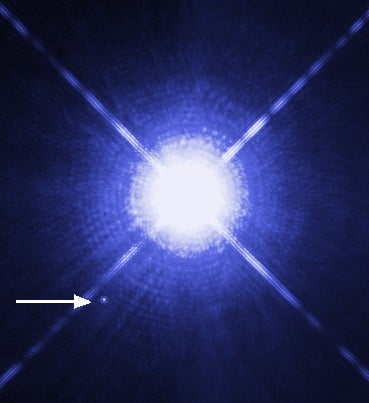
Recommended Video for you:
Discovery And Classification
A white dwarf was first discovered by William Herschel on January 31, 1783. This was in the triple star system in 40 Eridani, which has a very bright main-sequence star called 40 Eridani A. This star was orbited by a white dwarf called 40 Eridani B.
White dwarfs hold a completely separate place in the Hertzsprung-Russell diagram, and are found near the left bottom of the chart. The Hertzsprung-Russell diagram is a graph that is plotted with the brightness of the star on one side and its color index on the other, this helps in differentiating the different kinds of stars present in the universe.
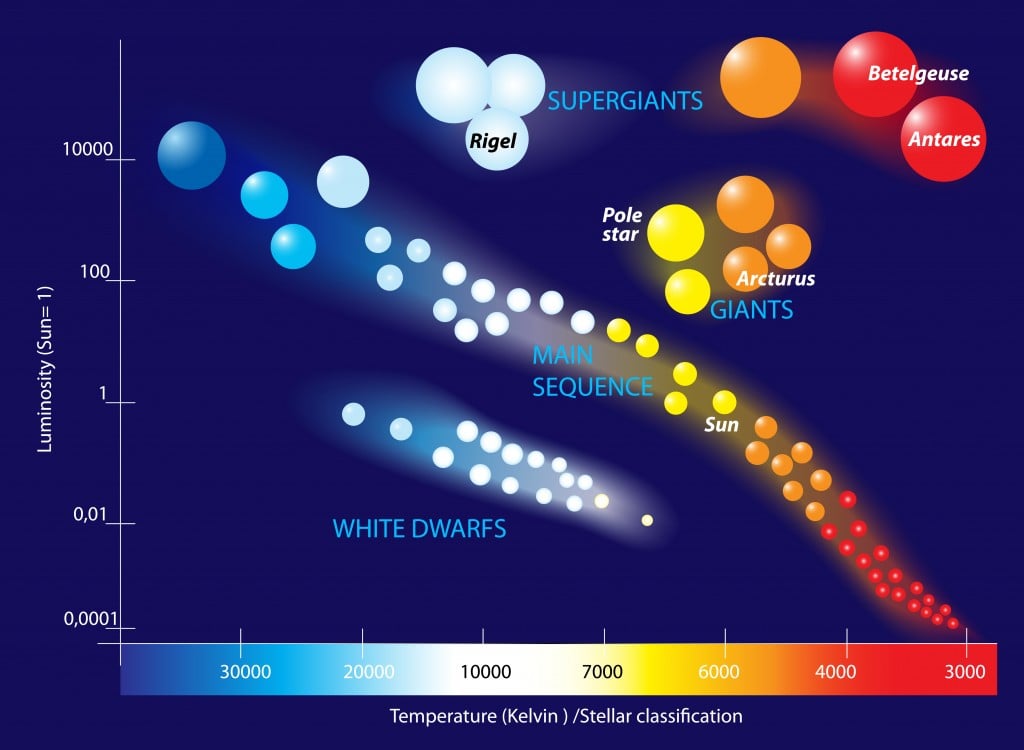
White dwarfs are classified as D (which stands for Degenerate) in the modern classification. These stars have considerably shrunk in size, are cooling down and they no longer undergo any nuclear fusion. These white dwarfs are further classified into subdivisions of D, indicating their spectral type (light bands that identify atoms and molecules of elements).
These subdivisions are:
- DA- The atmosphere of these stars is abundant with hydrogen, which is indicated by the presence of Balmer hydrogen in their spectral lines.
- DB- The atmosphere of these stars is abundant with helium, which is indicated by the presence of neutral helium (He I) in their spectral lines.
- DO- The atmosphere of these stars is abundant with helium, which is indicated by the presence of ionized helium (He II) in their spectral lines.
- DQ- The atmosphere of these stars is abundant with carbon, which is indicated by the presence of atomic or molecular carbon in their spectral lines.
- DZ- The atmosphere of these stars is abundant with metals, which is indicated by the presence of metal in their spectral lines.
- DC- There is no indication of any of the categories above, as the spectral lines are not strong.
- DX- Spectral lines are not clear enough to categorize.
Formation Of White Dwarfs
When stars with masses ranging from 0.07 to 10 M☉ (Solar mass) reach the end of their stellar evolution, it is believed that they become white dwarfs. The initial mass of the star dictates the eventual composition of the white dwarf. The different types of stars by which they come into existence are as follows:
Stars With Very Low Mass
In the case of a main-sequence star with a mass less than 0.5 M☉, the helium does not fuse to its core because it doesn’t get hot enough. Such a white dwarf would take more time than the age of the universe (13.7 billion years) to burn off all its hydrogen and become a blue dwarf.
Stars With Low To Medium Mass
The vast majority of observed white dwarfs belong to this category. Stars with masses ranging from 0.5 to 0.8 M☉ (much like our sun) have cores that become hot enough for helium to fuse into oxygen and carbon. This type of star goes through fusion reactions when it nears its end, but has a core made up of carbon and oxygen, which does not go through fusion reactions. The outer shell is hydrogen, which burns with an inner helium-burning shell. The star expels all of this exterior material, creating a planetary nebula and in turn creating the carbon-oxygen core white dwarfs.
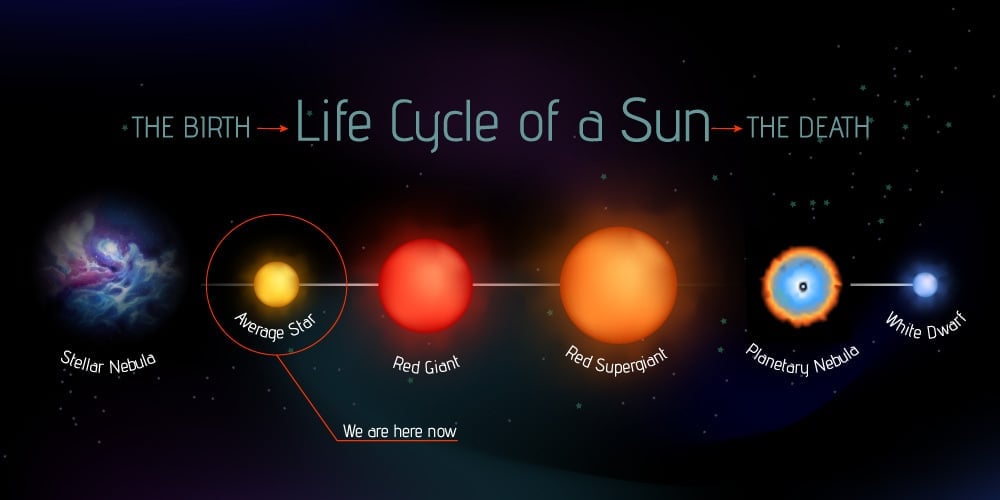
Eventual Fate And Orbiting Planets
After its formation, the white dwarf becomes stable and cools indefinitely, finally becoming a black dwarf. The estimated life span of a white dwarf is 5 billion years or more and during this time, it cools off.
White dwarfs are believed to have a surface temperature of less than 10,000 Kelvin and, if that’s the case, a planet as close as 0.005 to 0.02 AU (Astronomical Unit) could potentially be habitable for life to develop. This distance to the white dwarf is very close and would result in strong tidal forces from the star, making the planet uninhabitable, as a greenhouse effect would be powerfully triggered.
Another reason this could be implausible is that, as a star is transforming into a white dwarf, it first goes through a red giant phase and the planet would probably be engulfed by the star. The white dwarf would also assert a powerful gravitational force, even if the planet survived and found itself in a habitable zone, making it tidally locked to the star. This would result in disparate temperatures on both sides of the planet, making life as we know it unable to exist.
References (click to expand)
- Stellar Evolution: White Dwarfs. The University of Oregon
- White Dwarfs - University of Arizona. The University of Arizona
- White Dwarfs - University of Arizona. The University of Arizona
- Table 1. Mapping of TT spectral types and tt subtypes. The Space Telescope Science Institute
- White Dwarfs - Imagine the Universe! - NASA. The National Aeronautics and Space Administration

